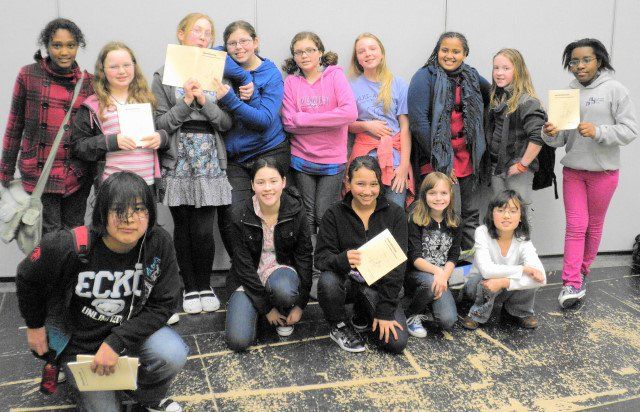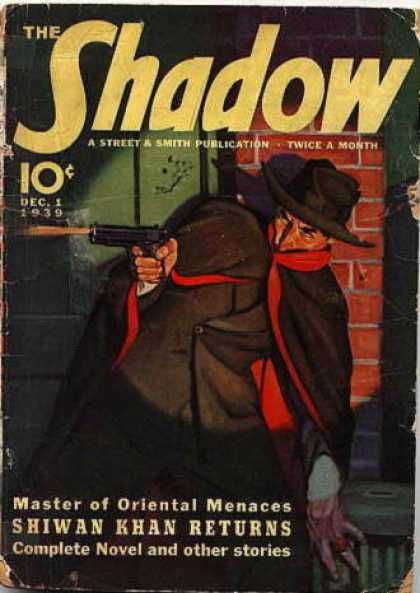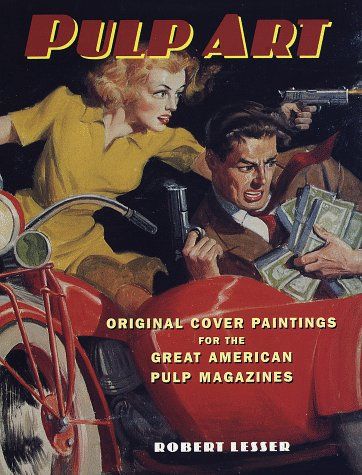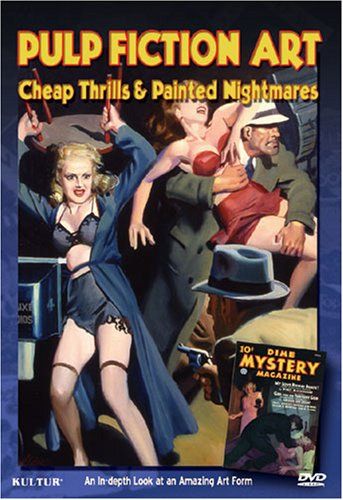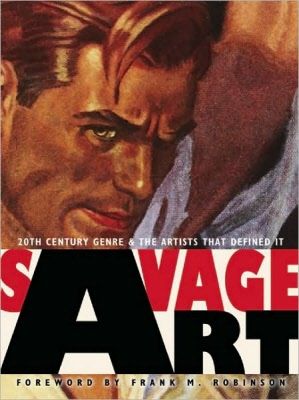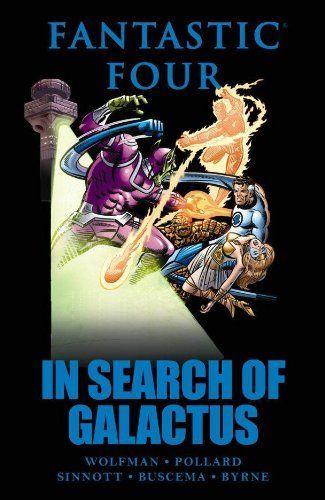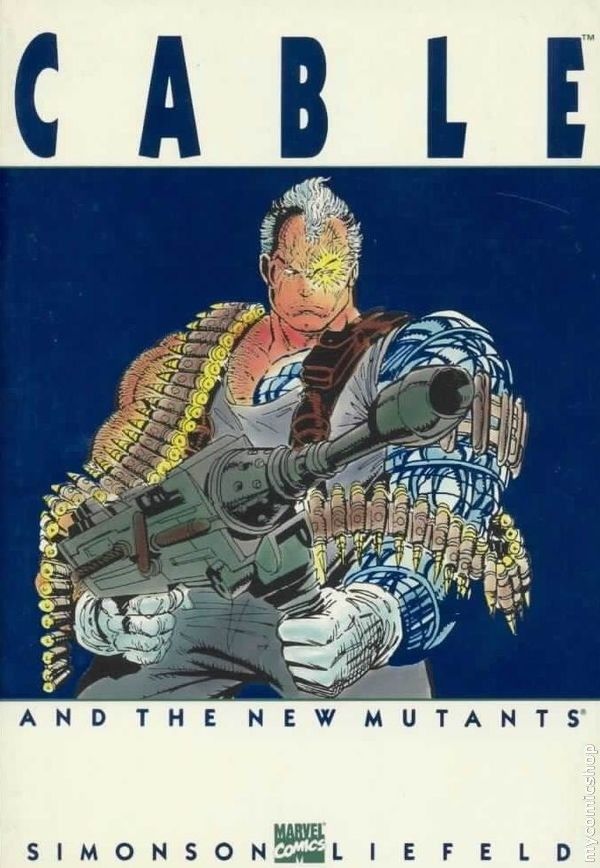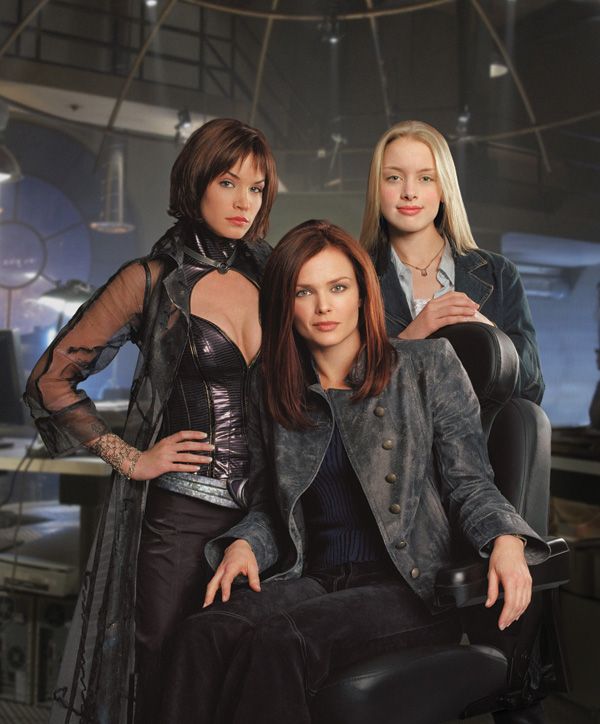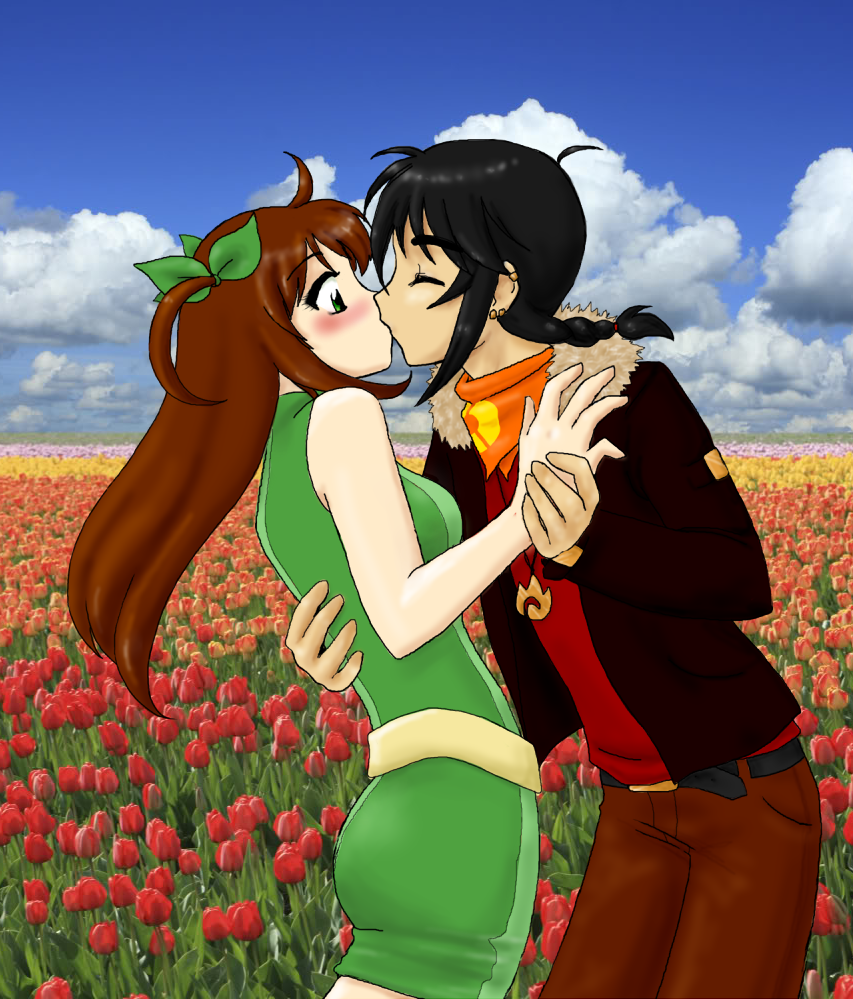Busy week here, so it's a lot of small stuff. Some pulps, some Marvel, some old DC television. And something any parents of imaginative twelve-year-old girls might be interested to know.
Pulp Art: Whenever I mention the old pulps around here -- which is, okay, fairly often -- it gives me an excuse to run some of those amazing pulp-magazine cover paintings, and invariably someone mentions how awesome they are to look at.
As it happens, I've run across two books and a movie on that very subject that I wanted to mention here.
Pulp Art by Robert Lesser is a coffee-table art book that came out a few years ago. Lesser is a pulp historian and art collector, and the book has a nice collection of essays on the old pulp magazines as well as biographies of the various pulp cover artists like Virgil Finlay, Margaret Brundage, Hannes Bok, and many others.
There are two different editions, both of which have been remaindered in hardcover and are available for pennies on the dollar. As far as I am aware, there's no difference between the two other than the cover. (I opted for the earlier edition because I found it for two dollars, rather than five for the later one.) The essays are affectionate and well-researched ... but the real treat is page after page of glossy full-color reproductions of pulp cover art, many of which are taken from the original paintings in Lesser's own collection.
Even better than the book, though, is the marvelous documentary film that was made from it. Pulp Fiction Art: Cheap Thrills and Painted Nightmares is now available on DVD and I can't recommend it strongly enough. In addition to funny and insightful interviews with Lesser and other pulp historians, you also get interviews with several of the surviving artists themselves.
What I really like about this documentary is that it's organized by genre. Director (and narrator) Jamie McDonald walks us through the adventure pulps, westerns, science fiction, hard-boiled mystery, "weird menace," the Spicys, and the hero pulps like Doc Savage and the Shadow, making sure that the star painters of each genre are given their due.... and interviewed, if possible. I'm embarrassed that it's taken me five years to find out about this -- it was made in 2006. Truthfully, if you're on a budget, I'd put this ahead of the Pulp Art book it's adapting... it's got almost all of the same eye candy, and it's a more comprehensive and valuable historical piece. I know a fair amount about pulp history, but there was a remarkable amount of stuff I never knew that's included here. The nice thing is, you can get it at Amazon for not a whole lot of money.
And finally, because I bought the other two, Amazon thought I also should have this book, and since it had been remaindered in hardcover as well, I went for it.
Savage Art is edited by Tim Underwood (of
Underwood Press -- the folks that bring you the annual Spectrum collections and a whole bunch of
other nifty SF and fantasy art books.) The book itself is staggeringly gorgeous, with over a hundred full-page cover paintings showcased; all of which are presented with the cover text removed, so you see just the raw art. Despite the title, it's not exclusively Doc Savage covers -- there are all sorts of genres represented.
There's also a knowledgeable and informative introduction by Frank Robinson. My only caveat is that so many of the paintings are uncredited. I can see signatures on quite a few of them and can identify a few more just on style, and Robinson's intro makes it clear that the knowledge was there to do the job, but for whatever reason, they just didn't. Still, it's a gorgeous book and I think it would make a fine addition to any fan's library... it's just not worth much as a reference. Fortunately, I'm the kind of freak that carries most of that knowledge in my head already, so I'm happy just to look at the pretty pictures.
Speaking of collections: I'm very much enjoying Marvel's new program of collecting short runs of comics that are a little off the beaten path, but nevertheless historically interesting, in a nice hardcover edition.
However, I'm really starting to wonder who the editor is that makes the decisions about which stories rate the hardcover collection treatment.
For example, recently I picked up Fantastic Four: In Search of Galactus on a whim, largely because I never did get caught up with Marv Wolfman's epic Nova/Fantastic Four crossover way back when, and writing about 1978 last week had gotten me all misty for bronze-age Marvel again. I was glad to have the book, of course, but like the Thor and Warriors Three collections that came before it that I so adored, I was a little baffled as to why it existed. Was anyone -- anyone at all?-- asking for this book? When people talk about memorable FF stories, is this on anyone's list of the top twenty? I know damned well that when people talk about the great FF artists, no one mentions Keith Pollard (although, to be fair, he turned in a really nice job on these, and clearly he was doing his best to give the proceedings that epic Jack Kirby scope. )
The point is, the run of stories collected here is just, well, "meh." I was glad to see them because it was scratching a nostalgic itch for me... but that's all. Lest you think I'm being unduly harsh, let the record show that even Marv Wolfman himself disavows his Fantastic Four days, often saying that the only time he felt he really got it right was the confrontation between Reed Richards and Doctor Doom in #200.
And yet... here now is this collection. In hardcover.
And then I noticed that it's now possible to get-- wait for it-- Rob Liefeld's X-Force in the same format.
No, really.
A book that, I am certain, is just a reprint of the incomprehensible trade-paperback mess Cable and the New Mutants --a book that, as it happened, essentially chased me off the X-titles once and for all when it came out, because trying to make sense of it persuaded me that even just picking up the occasional trade paperback, it was no longer worth making the effort to understand X-Men continuity.
What's more, it's reprinting a book drawn by an artist almost universally reviled in the industry-- whether it's for his lack of actual drawing chops, his habit of copying other artists' work and calling it a 'tribute,' or his role in promoting the speculator craze of twenty years ago, almost no one reading comics today talks about Rob Liefeld's 1990s Marvel work without a sneer or a shudder.
...So naturally, let's bring back the worst of it in a prestige hardcover edition. Because everyone's clamoring for that.
Honestly, if the Marvel editorial guys are that stuck for ideas about what books should get the 'classic hardcover' treatment, I can give you a list of better possibilities in about two minutes without really thinking hard. The Steve Gerber "Headmen" saga from The Defenders. Claremont/Byrne Marvel Team-Up. Best of the Peter David Spectacular Spider-Man. Shadow Line Saga from Epic Comics. The complete Star-Lord. The complete Sons of the Tiger/White Tiger. Jones and Anderson Ka-Zar. And so on. I'm sure commenters here could come up with similar lists of their own.
The point being, if you're going to start a line of prestige hardcover reprint editions, the work being reprinted should be, y'know, prestigious. Or at least, not an embarrassment. I think you can do better than this, Marvel.
Public Service Announcement for Parents of Pre-Teen Girls: One of the reasons I've been so jammed up the last couple of weeks is that, in addition to trying to get my cartooning students ready for Emerald City Comic-Con, I also have been shepherding the "Young Authors" anthology book toward publication.
"Young Authors" is another after-school arts thing I'm doing at Madison Middle School, that we just started this year. It was something they used to offer there five years ago or so, and they did produce one really nice book, but for whatever reason the instructor left and the program died on the vine. I had been grousing to my bosses about it ever since, because I knew from my experience in Cartooning that if you can offer kids real publication, they'll move mountains for you, and anyway I hated to see any writing class go away.
Finally Katie offered it to me, I suspect just to shut me up. So I devised a class whereby kids would each pitch me a piece and then go do a draft, we'd look at it and hammer out a final, and then the students picked the best ones to publish in our end-of-semester anthology. I thought we could push it from one book a year to doing two -- it was more immediate gratification and, incidentally, forced them to write more -- and one book per semester just makes more sense.
I was worried that I couldn't get the kids to dig in, but they did me proud. (When I told them no genre was off limits, it was on rails. I said, "Look, I don't care if you want to do a post-apocalypse zombie epic. I teach form-- content is your department. There's a fine old tradition of brilliant zombie epics.... Richard Matheson, George Romero, Robert Kirkman, those guys. Zombie epics are great, if that's what you want to do. Whatever. My job is to get you to do a good job writing one." )
The book premiered last week to great success, and is available as a giveaway chapbook in finer indie bookstores and hippie beatnik coffeehouses all over west Seattle.
Anyway. All that is preamble. The point is, I had almost all girls, and as a result I got a lot of stories about teen girls with magical powers kicking ass. So when it came time for our pizza-and-a-movie-end-of-semester publication party, I brought in Birds of Prey.
I had shown it to my cartooning students before and the girls, especially, always liked it-- but it absolutely enthralled my Young Authors crew. They were hypnotized.
I'd never really thought about it before, but this really is a great adventure show for pre-teen girls, it incorporates all the elements that speak to them. You've got Dina Meyer as Oracle, who embodies the 'cool Mom' archetype. Ashley Scott's Huntress is the asskicking older-sister type that younger sister Dinah (Rachel Skarsten) admires and wants to emulate, and unlike real life, Huntress actually acknowledges her and lets her tag along.
There's troubled romance full of heartfelt sighs. And the girls are always smarter than the boys.... Shemar Moore as Gotham detective Reese is certainly noble, smart, and often shirtless and swoon-worthy, but the Huntress is invariably one up on him. The stories are relatively simple and have a moral obvious enough for the kids to spot, but not so painfully blatant that it ever gets into After-School Special territory. And the Batman angle both grounds it for them and intrigues them at the same time.
Watching my youthful female authors glomp onto this show like they'd been waiting for it their whole lives, it occurred to me once again that just because something's not working for fans, that doesn't mean it's not for anyone.
Really, whatever the intent might have been, the result is that this short-lived show ended up being a great next step for girls who love the Powerpuff Girls and Sailor Moon. If you have a twelve-year-old girl who's in that demographic, you might Netflix this and screen it for her sometime. She'll love you for it.
*
And that's all I've got time for. I'm up to my ass in pre-press for the Cartooning alumni fundraising comic we're rolling out at Emerald City Comic-Con this year... the work that is coming in continues to be staggeringly good. (No ordering information yet, sorry -- when I know, you'll know, I promise.) Here's a pin-up from Nadine, just to give you a taste.
Man, do I have a great job or what?
See you next week.

